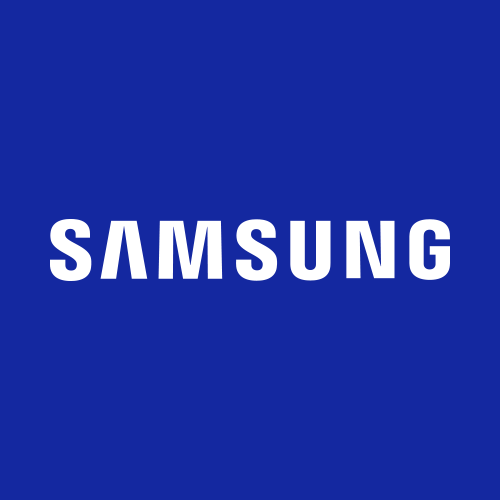Framework has finally introduced its next-generation Framework Laptop 13, now powered by the extremely potent Ryzen AI 300 "Strix Point" APUs. The product is already available for pre-order on Framework's website, with prices starting from $899 for the Do-It-Yourself variant, and $1,099 for the fully assembled variant. From the outside, the design of the product has been left mostly unchanged, which may appear somewhat disappointing at first, although an unaltered design likely indicates compatibility of components between the two laptops, which is undoubtedly one of the primary selling points for the Framework Laptop.
As mentioned, the biggest upgrade that the new Framework Laptop brings to the table is the new selection of processors, with the Ryzen AI 9 HX 370 APU sitting at the highest-end. Unsurprisingly, the Strix Point APUs allow for excellent performance improvements to both CPU and GPU side of things. With 12 cores (4 Zen 5 + 8 Zen 5c) and 24 threads, the highest-end Ryzen AI 9 HX 370 APU performs admirably well in benchmarks as well as real-life workloads. The Radeon 890M iGPU is among the fastest available on the market, trading blows with the Arc 140T iGPU in synthetic benchmarks. Of course, the 50 TOPS NPU allows for CoPilot functionality, for those who care. The Windows variant ships with a dedicated CoPilot key as well, while the DIY variant does not.


Although the exterior has not witnesses any significant changes, the keyboard has been redesigned in a way that prevents the wider keys from 'buzzing' when the speakers are dialed up, according to Framework. As for the display, customers can opt for a premium 2880 x 1920 120 Hz screen, or settle for the 2256 x 1504 60 Hz standard unit. Of course, the ports are still modular, with options for USB-C, USB-A, HDMI, Ethernet, DisplayPort, MicroSD, and SD. For those who do not require the Strix Point-class performance, the previous Zen 4-based Ryzen 7040U 'Phoenix'-powered Framework laptop 13 is available for a discounted price of $749.
View at TechPowerUp Main Site | Source
As mentioned, the biggest upgrade that the new Framework Laptop brings to the table is the new selection of processors, with the Ryzen AI 9 HX 370 APU sitting at the highest-end. Unsurprisingly, the Strix Point APUs allow for excellent performance improvements to both CPU and GPU side of things. With 12 cores (4 Zen 5 + 8 Zen 5c) and 24 threads, the highest-end Ryzen AI 9 HX 370 APU performs admirably well in benchmarks as well as real-life workloads. The Radeon 890M iGPU is among the fastest available on the market, trading blows with the Arc 140T iGPU in synthetic benchmarks. Of course, the 50 TOPS NPU allows for CoPilot functionality, for those who care. The Windows variant ships with a dedicated CoPilot key as well, while the DIY variant does not.


Although the exterior has not witnesses any significant changes, the keyboard has been redesigned in a way that prevents the wider keys from 'buzzing' when the speakers are dialed up, according to Framework. As for the display, customers can opt for a premium 2880 x 1920 120 Hz screen, or settle for the 2256 x 1504 60 Hz standard unit. Of course, the ports are still modular, with options for USB-C, USB-A, HDMI, Ethernet, DisplayPort, MicroSD, and SD. For those who do not require the Strix Point-class performance, the previous Zen 4-based Ryzen 7040U 'Phoenix'-powered Framework laptop 13 is available for a discounted price of $749.
View at TechPowerUp Main Site | Source






